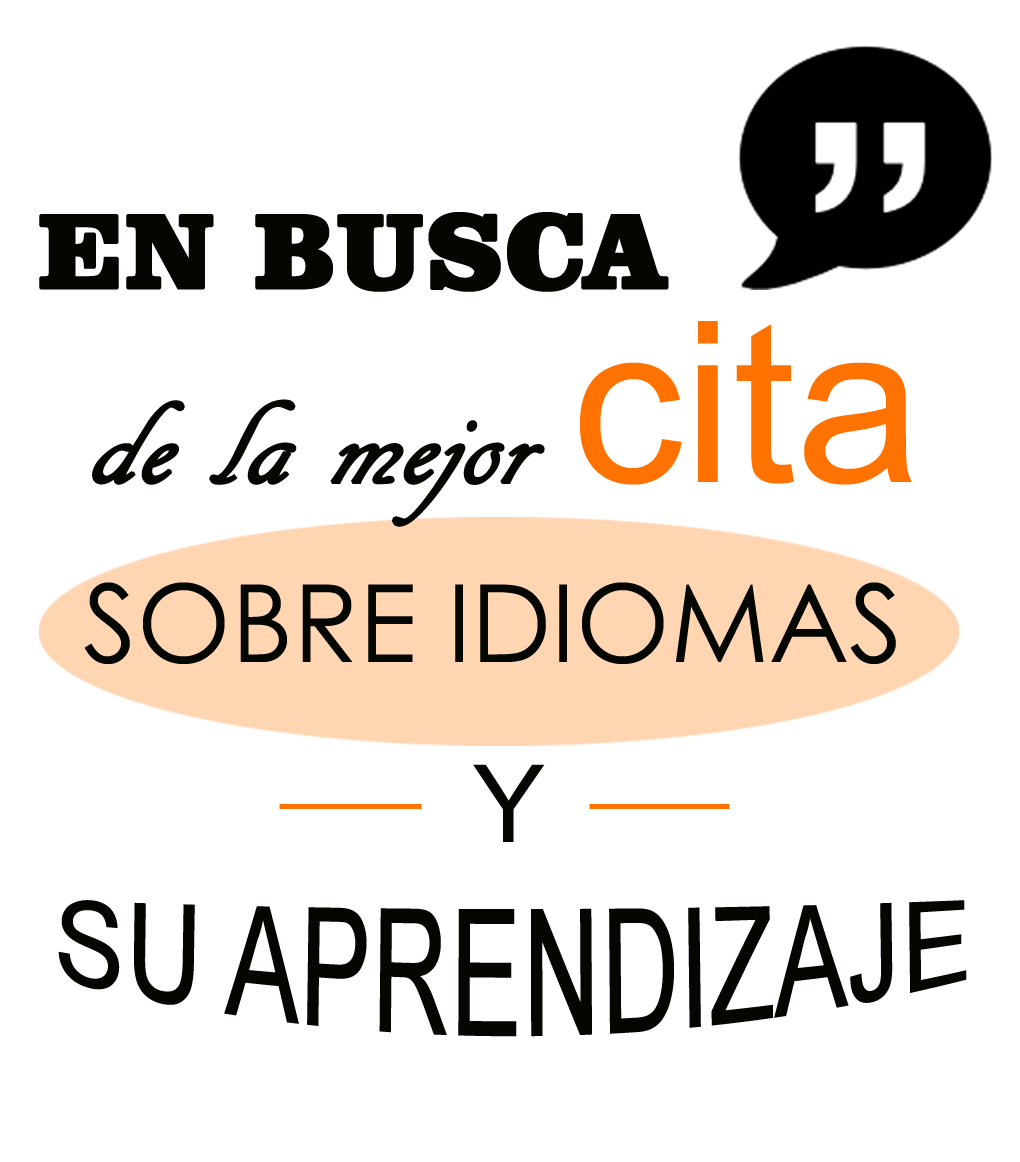DELE Exam: C2 Level
This time we focus on the highest level, C2, to see how the DELE exam of
this level works. You can also check
Instituto Cervantes’ website. On it, you can find all the information you need about these exams
including dates, exam centres or how to register. Below you can find a
summary of the structure of the exam and some strategies to be
successful.
Which are the characteristics of the exam?
It is divided into 3 different tests.
The test of use of the language, listening and reading has 6 tasks: three
focus on reading and 3 on listening with 52 items in total (12-6-8-4-15-6)
and the duration is of 105 minute. The texts are authentic, adapted if
necessary and their total extension if between 3750 and 4350 words.
The second test has different skills integrated: listening, reading and
writing. It consists of 3 tasks, two focus on expression and one on
reformulation with a total duration of 150 minutes. The total extension of
the texts that the student needs to write is between 750 and 950 words. In
this case, all tasks have the same value. In the first task, the student
has to write a text adapted to the register and genre given. In the second
task, the student has to rewrite a text correcting the errors, the
punctuation and the structure. The last task consists of writing a text
related to a series of images given.
The last test also has different skills integrates: reading and
speaking. It consists of 3 tasks, one focused on expression and two on
interaction. This test lasts for about 20 minutes and the student has 20
minutes to prepare for the first two tasks. For the third task, there is
no preparation beforehand. The first task consists of a monologue about
2 or 3 texts and several images given; the second task is based on a
conversation and a debate about the topic given in the previous task.
The last one if a formal conversation based on a series of news
headlines about the same topic.
Getting prepared for the exam
There are many manuals about DELE exams. We recommend practising the
following strategies for each test.
Read the questions and the answers for the next one. Listening to the
radio or watching TV can be a good training for this! During the
listening, pay attention to details like names, accents or the tone used
by each speaker.
For the tests that focus on comprehension (listening and reading), it is
very useful to pay attention to the linkers used and reading twice the
written text. There are no specific tasks about grammar, it is more
important to have an extensive vocabulary and knowing how to use literary
language.
The writing test is crucial and it includes a task that is unique to this
level: the reformulation and correction of a text. It is important to
manage your time and remember that you have 150 minutes to complete the
three tasks. We recommend having some minutes at the end to review both
before handing in. Use different linkers and organise clearly your text.
It is also a good idea to review the punctuation, written accents and the
excessive use of capital letters.
For the speaking test, it is important to have fluent conversation and not
answering just with monosyllables. Don’t be afraid of interacting with the
interviewers and asking them questions, instead of just answering theirs.
Organise clearly your discourse using linkers. In the third task, it is
important to adapt to the register (informal) but don’t forget about
grammatical accuracy.
Exams: real examples
Here you have some C2 exam real examples we use to work with our students.
Now you can also get ready and practice:
-
Exam DELE C2 (0 model, 2014)
-
Exam DELE C2 (november 2011; this level was known as “Superior”)
-
Exam DELE C2 (May 2009; this level was known as “Superior”)
We also leave you information about DELE exam preparation courses.
Artículo en español: Examen DELE C2




Comentarios
Publicar un comentario